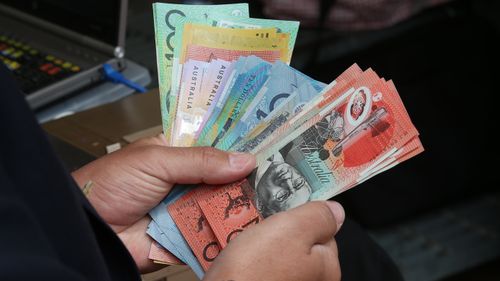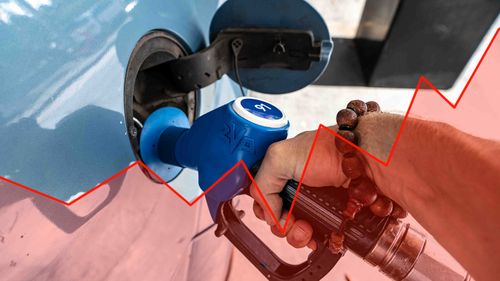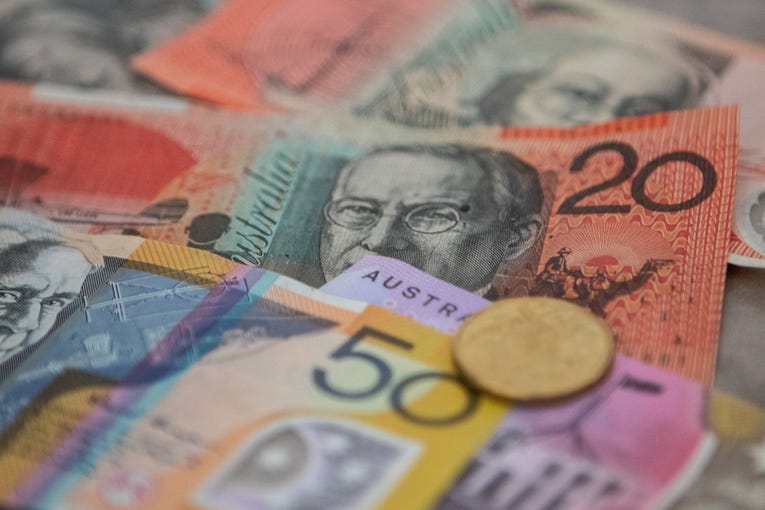Behind the budget numbers When life will actually get cheaper for Australians
Treasurer Jim Chalmers’ first budget was one of restraint: like many Australian families, the government has been forced to check its expenses and cut back on unnecessary splurges.
But behind the doom and gloom of global uncertainty, the budget did offer some light at the end of the tunnel for when life will become meaningfully less expensive than it is right now.
From inflation to unemployment, here’s what the budget’s numbers tell us about the future:
Number: Inflation to peak at 7.75 per cent in the December quarter
Real meaning:
Life is going to get more expensive, all the way until Christmas.
Inflation – which is roughly economic-speak for the general cost of goods and services – is currently at 6.1 per cent.
It will climb higher, to 7.75 per cent later this year. That’s bad.
But there is good news. In his speech, the treasurer says he now expects inflation to “moderate over time” to 3.5 per cent through 2023-24.
In real terms, we’re all going to be paying more for food, housing, energy, transport and more for the rest of this year before costs gradually start coming down.
Number: Unemployment to hit 4.5 per cent in 2023
Real meaning:
Over the coming months, you’ll start to see the unemployment rise. But don’t be put off by the figures – 4.5 per cent is still historically low.
Currently the unemployment rate of 3.5 per cent is so low that many businesses are offering extreme referral bonuses to lure in new workers.
Australians are very much employed, but not all are working as much as they like.
Number: Real wages to start growing again in 2024
Real meaning:
In his speech Chalmers noted that “real wages” will begin growing in 2024.
Real wages are what we are left with when we take the average rate at which Australians’ pay is rising, and take away the rate of inflation.
It’s all well and good to get a pay rise, but if you’re paying through the nose for the mortgage and struggling to meet your electricity bill, your “real wage” is falling.
The good news is that Australians will start to see some relief in 2024.

Number: The underlying cash deficit is now expected to $36.9 billion
Real meaning:
We’re almost $37 billion in the red, but that’s a whole lot better than we expected.
An underlying cash deficit is basically the government’s balance sheet. Working out of debt sounds scary, but is an increasingly normal position for many western governments – particularly in the wake of COVID-19.
So why is it better than expected? We were actually forecast to be almost $80 billion in debt, but the elephant in the room is the unexpected windfall from higher commodity prices.
Forget whichever party is in government, much of Australia’s balance sheet rests on the price of the commodities we mine and then sell to other nations.
CHILDCARE AND PARENTAL LEAVE: The changes explained

Number: Cash rate assumed to peak at 3.35 per cent
Real meaning:
Interest rates are going to keep going up.
The budget said “based on a survey of market economists” Australia’s interest rate is expected to rise faster and stop sooner than expected.
In real terms, your mortgage payments – and consequently rental payments – are going to keep rising. There’s good news though: they expect interest rates to stop rising in the first half of 2023.
So buckle up for more pain, but rates are unlikely to go as high as 3.5 per cent.








